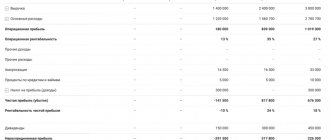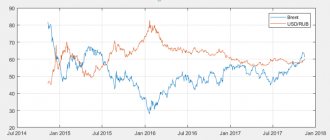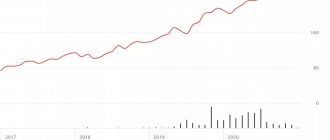To define such a concept as GDP, there is absolutely no need to use a lot of complex terms and formulations. Simple, understandable words are quite suitable for this purpose. So, let's try to decide what GDP is and why this indicator is needed.
First of all, it should be noted that the term GDP or gross domestic product of a country is used to determine the rate of economic development of any state.
In simple terms, GDP is the total value of goods, works and services that were produced and provided in the territory of one country during the year.
This indicator was first calculated in the 30s of the 20th century by economist Simon Kuznets. Subsequently, the specialist received the Nobel Prize.
Today, two important indicators are used in the economic sphere: GDP and GNP. The concepts differ from each other, although they are aimed at determining the economic indicators of the state. When calculating the gross domestic product, financial indicators are taken into account that do not depend on the nationality of the enterprises involved in the production of products. The most important thing is that the enterprise is located on the territory of the state.
To calculate the domestic national product (GNP), only the products of those production facilities that are considered national are taken into account.
What is GDP?
As we have already noted, the term has a very simple definition - it is the cost of everything that is produced in the state. The calculation of the indicator is multi-level and its implementation is carried out by special services. It is generally accepted that GDP is expressed in US dollars, however, today the following options are also used:
- national currency of the country;
- monetary unit of any state, in accordance with the exchange rate.
The dollar is used to compare the GDP of different countries to compile ratings and assess the current economic situation.
Rating of states
Let's discuss the ranking of countries by GDP level for 2022. The leading positions are occupied by:
- China.
- USA.
- India.
- Japan.
- Germany.
- Russia.
- Indonesia.
- Brazil.
- Great Britain.
- France.
China has long occupied the second position in terms of GDP and has finally taken the lead thanks to the mass production of various goods of all categories. Recently, smartphones, tablets, laptops and other equipment from original Chinese brands Huawei, Xiaomi, Meizu began to appear on the market. The companies quickly won the love of consumers around the world due to their wide functionality and low prices. In addition to technology, China has always been famous for the production of clothing, shoes and accessories, dressing the whole world.
The USA is in second position, thanks to large corporations - Google, Microsoft, Apple, etc., as well as its own currency - the dollar. With its help, all important financial transactions are carried out, and the dollar is the world's reserve currency.
What types of GDP are there?
To get a more complete understanding of the indicator, it is worth getting acquainted with its types. So, let's look at this issue in more detail and note that GDP can be:
- real;
- nominal.
Real GDP is an indicator that is used to account for growth in production without using its financial side. As a rule, this parameter is expressed in prices of the year that was taken as the main one when making calculations. For example, to calculate the indicator for last year, Rosstat used price data for 2011 as a basis.
The advantage of the indicator is that it allows you to determine the growth of a country’s trade turnover. Real GDP does not depend on changes in exchange rates and other economic parameters. It is this indicator that draws conclusions about the current state of the economy in the country.
For example, real GDP will allow you to quickly understand whether there is a crisis in the country and how difficult the economic situation has already developed. For countries whose economies are stable, real and nominal GDP are the same.
The nominal indicator is GDP calculated in current prices. The cost of certain goods is determined at the time of collection and is subsequently used for making calculations. When a country experiences an increased level of inflation, GDP may increase, however, such a reaction will be formal and the reason for it will be a real decrease in production capacity.
In fact, nominal GDP serves to reflect the rise or fall in the cost of goods and services within a country, without touching the dynamics of economic development as a whole. Nominal GDP serves as a unique tool for economists to draw certain conclusions and make forecasts.
An example is the situation of a change in an indicator. If, with a constant increase in prices, the level of demand begins to fall, then nominal GDP will decrease significantly.










